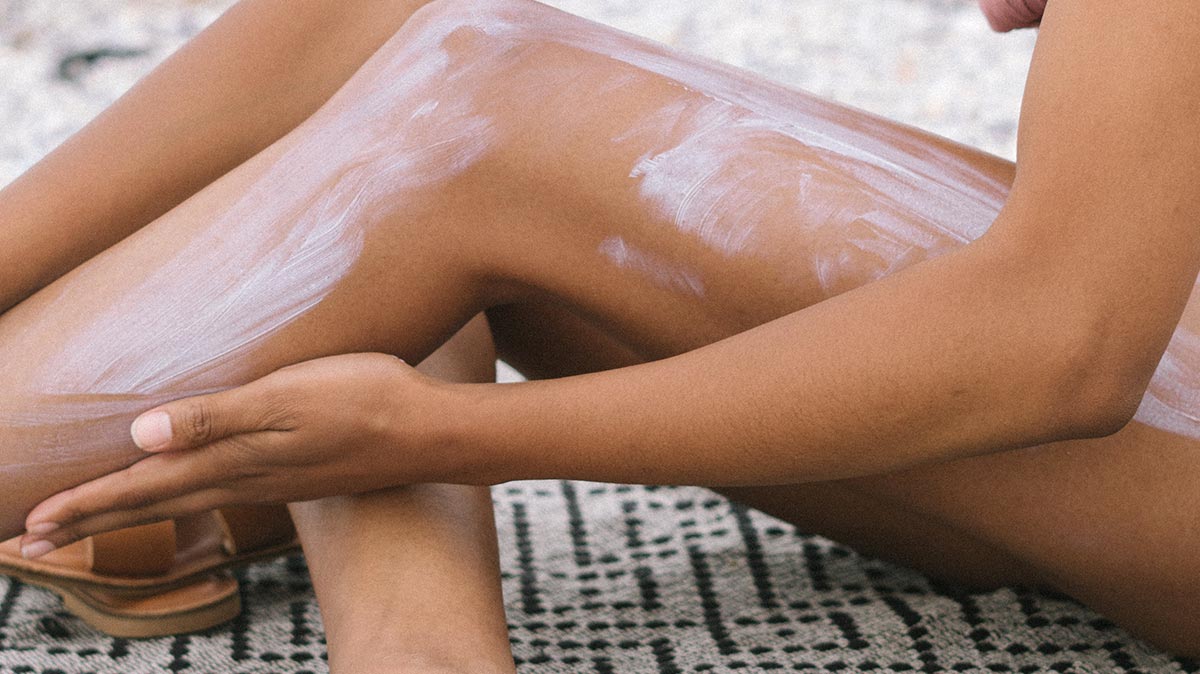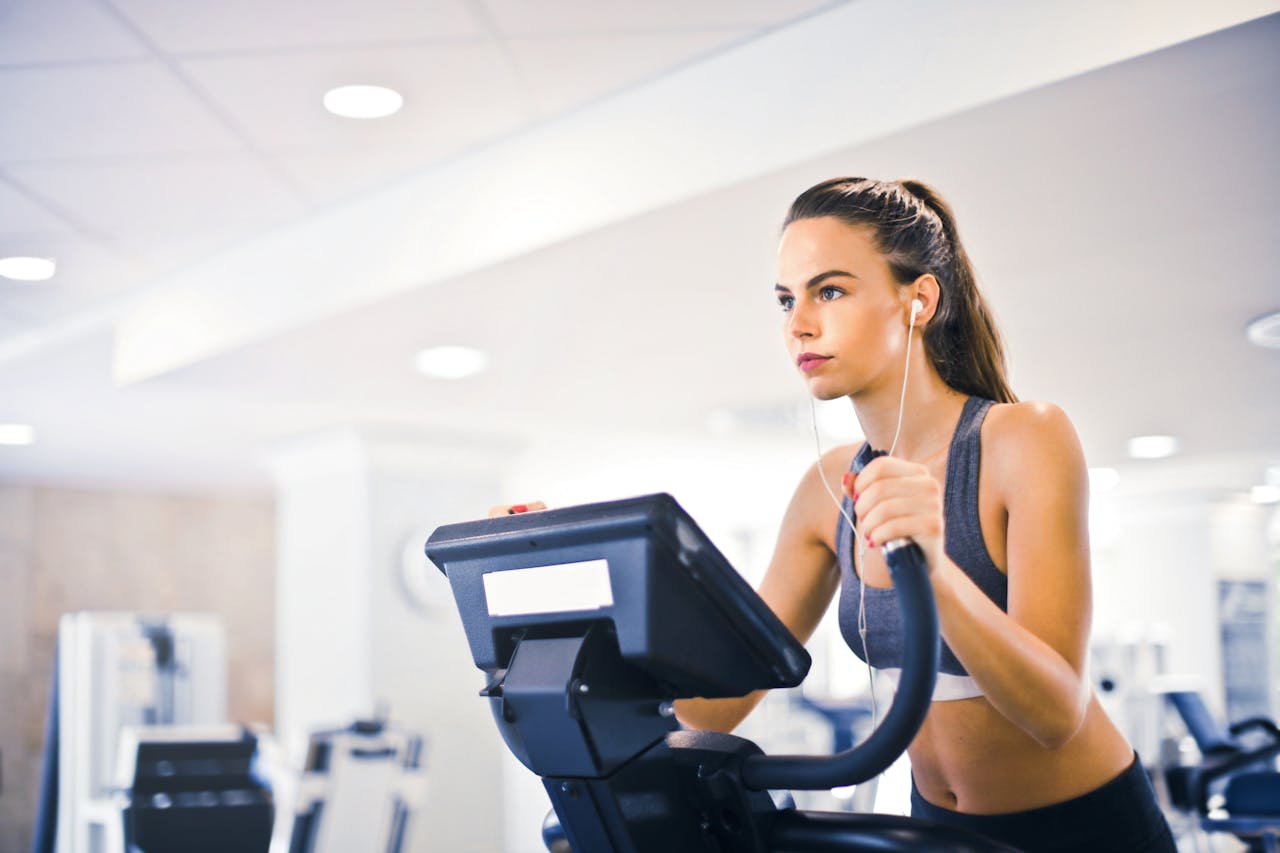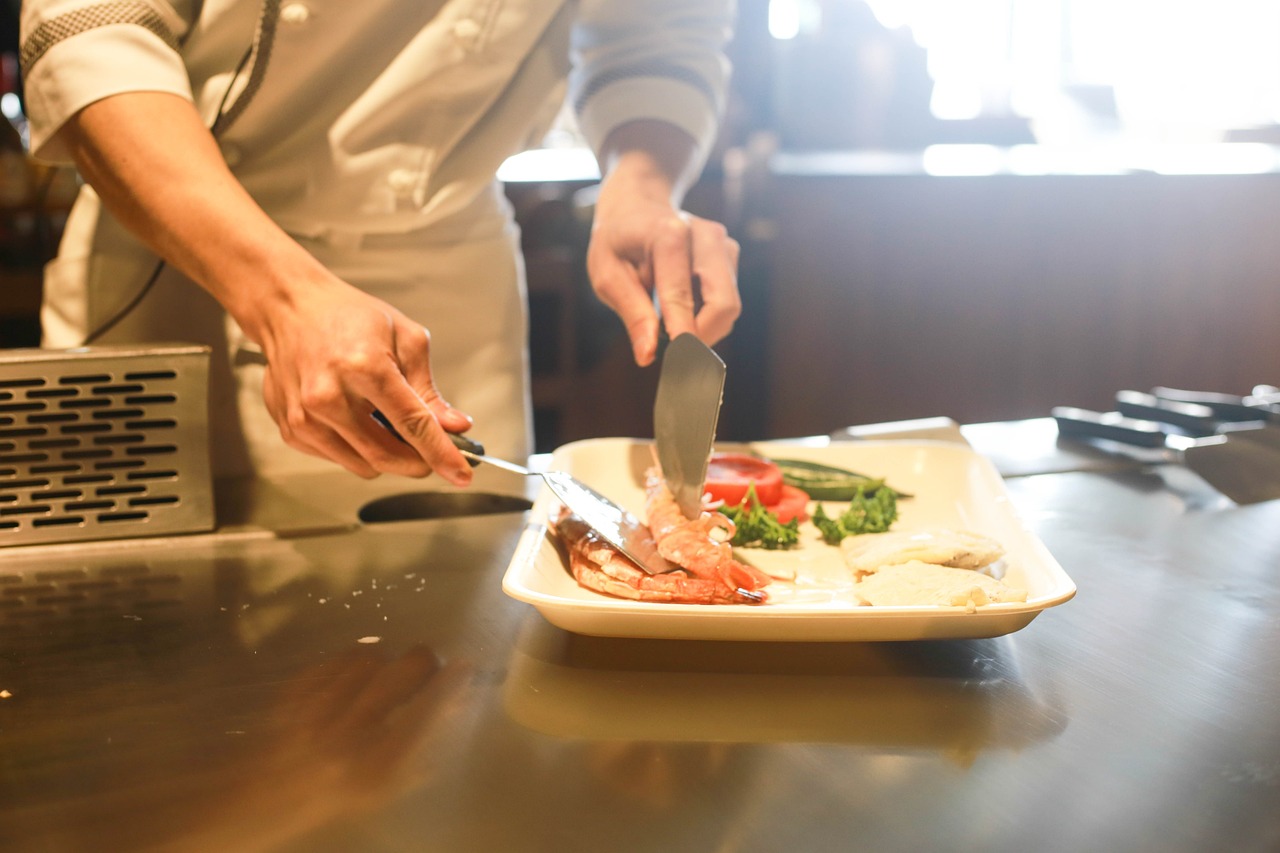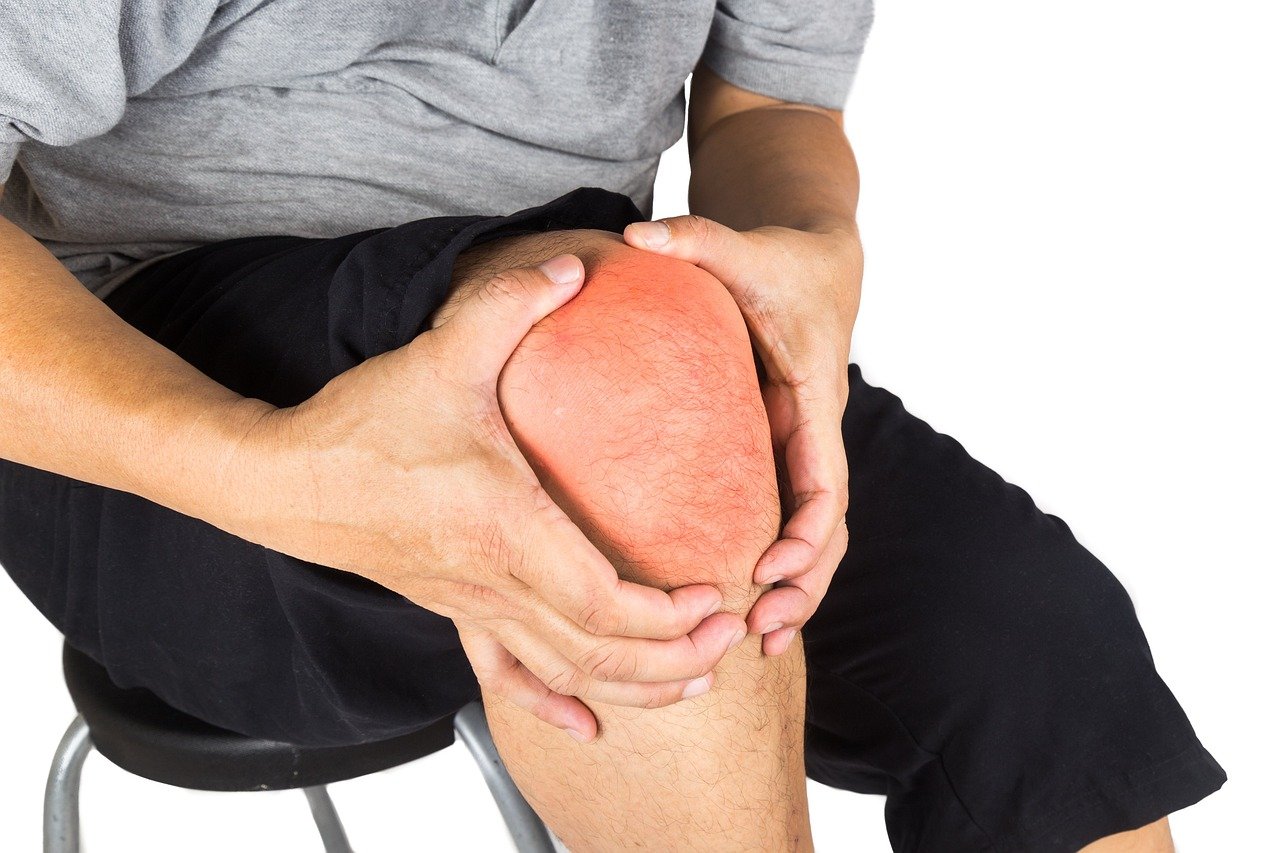The quest for optimal vein health is a journey many embark on, often spurred by the visible signs of aging or discomfort. While the precise etiology of compromised vein health remains a subject of ongoing investigation within the medical community, several contributing factors have been identified. These include the natural aging process, excess weight, genetic predisposition to venous insufficiency, and weakened venous valves. These valves, crucial for ensuring unidirectional blood flow towards the heart, can become compromised, leading to backflow and the pooling of blood. This pooling increases venous pressure, causing the veins to dilate and become visibly prominent, often appearing as bluish-purple, twisted cords beneath the skin's surface. These distended veins, particularly common in the lower extremities due to the increased gravitational pressure on blood return, can cause discomfort and impact quality of life. The impact of these distended veins extends beyond mere aesthetics, often causing discomfort and impacting an individual's quality of life.
Understanding the Mechanics of Vein Health
The circulatory system relies on a complex interplay of vessels and valves to efficiently transport blood throughout the body. Veins, responsible for returning deoxygenated blood to the heart, face the challenge of working against gravity, particularly in the legs. One-way valves within the veins prevent backflow, ensuring that blood continues its upward journey. However, when these valves weaken or malfunction, blood can pool, leading to increased pressure and dilation of the veins. This process, often exacerbated by factors such as prolonged standing or sitting, obesity, and pregnancy, can manifest as varicose veins or spider veins, which are smaller, web-like veins closer to the skin's surface. The intricate network of veins within the human body plays a vital role in maintaining overall health. These vessels, responsible for returning deoxygenated blood to the heart, often face the daunting task of working against gravity, especially in the lower extremities. To facilitate this upward flow, veins are equipped with one-way valves that prevent the backflow of blood, ensuring its continued journey toward the heart. However, when these valves become weakened or malfunction due to various factors such as aging, prolonged periods of standing or sitting, obesity, or pregnancy, blood can begin to pool within the veins. This pooling leads to increased pressure within the vessel walls, causing them to stretch and dilate, ultimately resulting in the visible and often uncomfortable condition known as varicose veins. Spider veins, a milder form of venous insufficiency, appear as smaller, web-like networks of veins closer to the skin's surface. While generally not as symptomatic as varicose veins, they can still be a cosmetic concern for many individuals.
Practical Strategies for Supporting Vein Health
Fortunately, several lifestyle modifications and preventative measures can significantly contribute to supporting vein health and mitigating the risk of venous insufficiency. Maintaining a healthy weight is paramount, as excess weight places additional strain on the circulatory system, particularly the veins in the legs. Regular physical activity, especially cardiovascular training like walking, swimming, and cycling, strengthens leg muscles, which act as a natural pump to assist venous return. Avoiding prolonged periods of standing or sitting and incorporating regular movement breaks can also prevent blood from pooling in the legs. When resting, elevating the legs above heart level further aids venous drainage. Compression stockings, available at most pharmacies, provide external support to the veins, improving circulation and reducing swelling. These stockings apply graduated pressure, which is strongest at the ankle and gradually decreases towards the top of the leg, effectively assisting the veins in pumping blood back to the heart. This external support not only improves circulation but also helps to alleviate symptoms such as aching, swelling, and fatigue in the legs. Choosing appropriate footwear is also important; low-heeled shoes are preferable to high heels, as they allow for better calf muscle activation, which aids in venous return. Furthermore, avoiding tight clothing, particularly around the waist, groin, and legs, prevents constriction of blood flow and promotes healthy circulation.
Nutritional Considerations and Herbal Support
Diet plays a crucial role in maintaining overall vascular health. A diet rich in fiber, found in whole grains, fruits, and vegetables, promotes healthy digestion and prevents constipation, which can exacerbate venous problems. Limiting sodium intake helps reduce water retention and swelling, further alleviating pressure on the veins. Certain nutrients and botanical extracts have also demonstrated potential benefits for vein health. Bioflavonoids, found in dark berries, citrus fruits, and leafy greens, possess antioxidant and anti-inflammatory properties that can strengthen blood vessel walls. Vitamin C, essential for collagen synthesis, contributes to the integrity of connective tissue, including vein walls. Vitamin E, another potent antioxidant, protects against oxidative damage to blood vessels. Zinc, a vital mineral involved in various enzymatic processes, plays a role in wound healing and tissue repair, which can be beneficial for maintaining vein health. Certain herbal remedies, such as horse chestnut seed extract, containing the active compound aescin, have been studied for their potential to reduce swelling and improve venous tone. Butcher's broom and gotu kola are also traditionally used to support vascular health. It's important to consult with a healthcare professional before using herbal supplements, especially if you are taking other medications. It's also important to remember that while these strategies can significantly contribute to supporting vein health, they are not a substitute for professional medical advice. If you are experiencing persistent or worsening symptoms, it's crucial to consult with a healthcare provider for a proper diagnosis and treatment plan.
Maintaining vein health is an ongoing process that involves a combination of lifestyle choices, nutritional considerations, and, in some cases, medical intervention. By adopting a proactive approach and incorporating these strategies into daily life, individuals can significantly improve their vein health and overall well-being. This proactive approach not only helps to manage existing conditions but also plays a crucial role in preventing future complications. By understanding the factors that contribute to vein health and implementing these preventative measures, individuals can take control of their vascular health and enjoy a higher quality of life. Remember, consulting with a healthcare professional is always recommended for personalized advice and treatment options.
If you are concerned about your veins, ask your doctor about nutritional supplements for vein health. Vein Matrix is a blend of vitamins, herbs and antioxidants that support the production of collagen and elastin which are needed by the body to keep healthy vein walls and connective tissue stronger and more flexible for healthy circulation in the legs and throughout the body.
2 Bergan, J. J., Schmid-Schönbein, H., Smith, P. D., Nicolaides, A. N., & Boisseau, M. R. (2006). Chronic venous disease. *New England Journal of Medicine*, *355*(5), 488-498.
3 Lurie, F., Kistner, R. L., Bauer, K., & Eklof, B. (2004). Mechanisms of venous valve incompetence. *Journal of Vascular Surgery*, *39*(5), 950-958.
4 Porter, J. M., & Moneta, G. L. (1995). Reporting standards in venous disease: an update. *Journal of Vascular Surgery*, *21*(4), 635-645.
5 Nicolaides, A. N. (2005). Investigation of chronic venous insufficiency: a consensus statement (France, March 5–9, 2001). *Circulation*, *112*(12), e128-e144.













